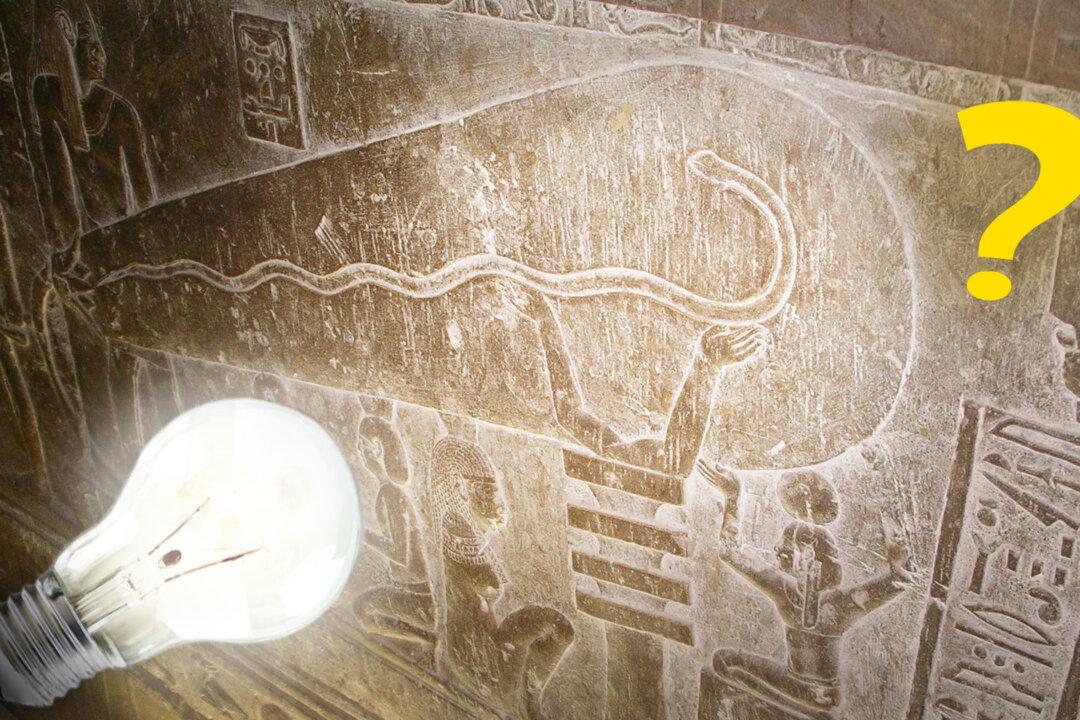According to our conventional view of history, humans have only walked the Earth in our present form for some 200,000 years. Much of the mechanical ingenuity we know of in modern times began to develop only a couple hundred years ago, during the Industrial Revolution. However, evidence today alludes to advanced civilizations existing as long as several thousand years ago—or possibly even earlier.
“Oopart”—or “out-of-place artifact”—is the term given to numerous prehistoric objects found in various places across the world today that show a level of technological sophistication incongruous with our present paradigm.






